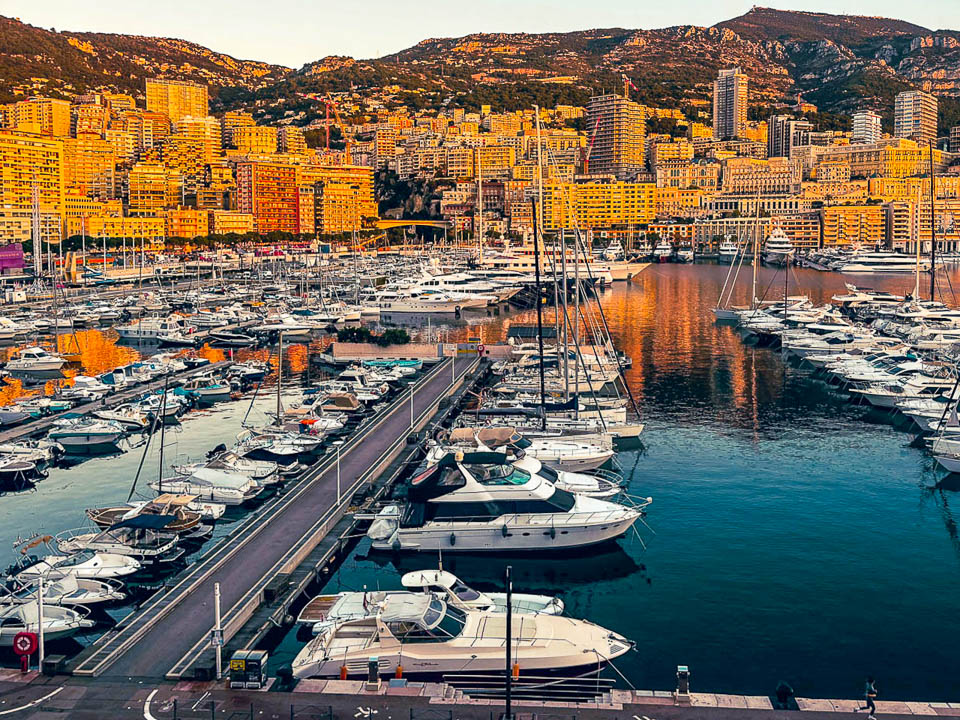For an artist, the relentless cycle of creation can often lead to monotony, a stifling of the very inspiration that fuels their work. For Abhijit Pathak, an abstract artist, the need to disrupt this pattern and seek fresh perspectives led him to an art residency Les Ateliers du Quai in Monaco. This journey to Europe, a continent with an artistic tradition vastly different from India’s, proved to be a pivotal experience, broadening his horizons and challenging his artistic perceptions.
Pathak observes a fundamental divergence between Indian and European art. In his view, Indian art often emphasises characteristics and narratives, while European art frequently centres on the human anatomy. He draws a comparison between the sculptures of Khajuraho and the works of European masters like David or Michelangelo, highlighting the distinct focus on form and anatomical precision in the latter. This exposure to a different artistic tradition provided Pathak with a new reference point, prompting him to reflect on his own artistic identity and practice.

Les Ateliers du Quai, in Monaco placed Pathak in the heart of the French Riviera, a region historically significant for artists. He notes the presence of renowned figures like Picasso, Matisse, and Marc Chagall, all of whom had worked and established studios in the area. Pathak was intrigued by the atmosphere and context that drew these artists to South France. His studio was located approximately 25 km from Mr. Raza’s studio. The geographical location of Monaco, with its proximity to Italy, France, and Spain, further enriched his experience.
The change of environment was profound. Pathak contrasted his experience in Delhi, where he was constantly engaged with social events and domestic responsibilities, with the tranquility of Monaco. In Monaco, he found himself liberated from these distractions, immersed in a new atmosphere, culture, and among different people. The studio’s setting in Monaco offered a natural environment, a stark contrast to the urban chaos of Delhi.
Pathak’s initial weeks in Monaco were dedicated to observation and immersion. He explored the history and geography of the area, including the oceanography museum near his studio. The museum’s collection of ancient maps and Prince Albert’s historical tools and cameras offered fascinating insights into the region’s development.
His exploration of the French Riviera enabled by the creativity grant by SOGEDA (Société pour la Gestion des Droits d’Auteur) extended to nearby towns like Nice, Antibes, and Grasse. Each town, with its distinct history and character, contributed to Pathak’s evolving perspective. Grasse, famous for its perfumes, particularly captivated him with its pervasive floral scents. He reflected on the significance of smell as a defining element of a place, noting how the aroma of his Delhi studio differed from that of Grasse. This heightened awareness of sensory details, including the sounds and colours of his surroundings, became integral to his artistic process.
Pathak’s visit to the Venice Biennale was another revelation. He was struck by the maturity, sophistication, and expert presentation of the artworks. The experience underscored the importance of not only creating compelling art but also effectively displaying it.
Visits to renowned institutions like the Louvre and the Orsay in Paris proved to be particularly eye opening. These museums, with their vast collections and historical significance, offered a profound immersion in the traditions of European art. He also had the opportunity to view exhibitions dedicated to artists he deeply admires, such as Anslem Kiefer, Julie Mehretu, and Vivian Maier. The sheer scale and ambition of works by artists like Kiefer and Mehretu were impactful, demanding to be experienced in person to fully appreciate their power.
Pathak’s travels through cities and towns in Italy (Rome, Milan) and France (Paris and others) provided a broader cultural context. These experiences underscored the importance of art in European society, where it is often deeply integrated into the cultural fabric. The architecture, public spaces, and the general appreciation for artistic heritage demonstrated the value placed on creative expression. This exposure to diverse urban environments and their artistic treasures enriched Pathak’s understanding of art’s role in shaping culture and society.
The challenge for Pathak now lies in synthesising the diverse experiences and learnings from his residency. He seeks to integrate these influences into his work in a way that is both authentic and unique to his artistic vision. As he states in the interview, abstract art is about essence and experience rather than narrative. He aims to capture the feeling of a place, its “rhythm of the air, the sounds, the waves of the water”, and translate these into his artistic expression.
